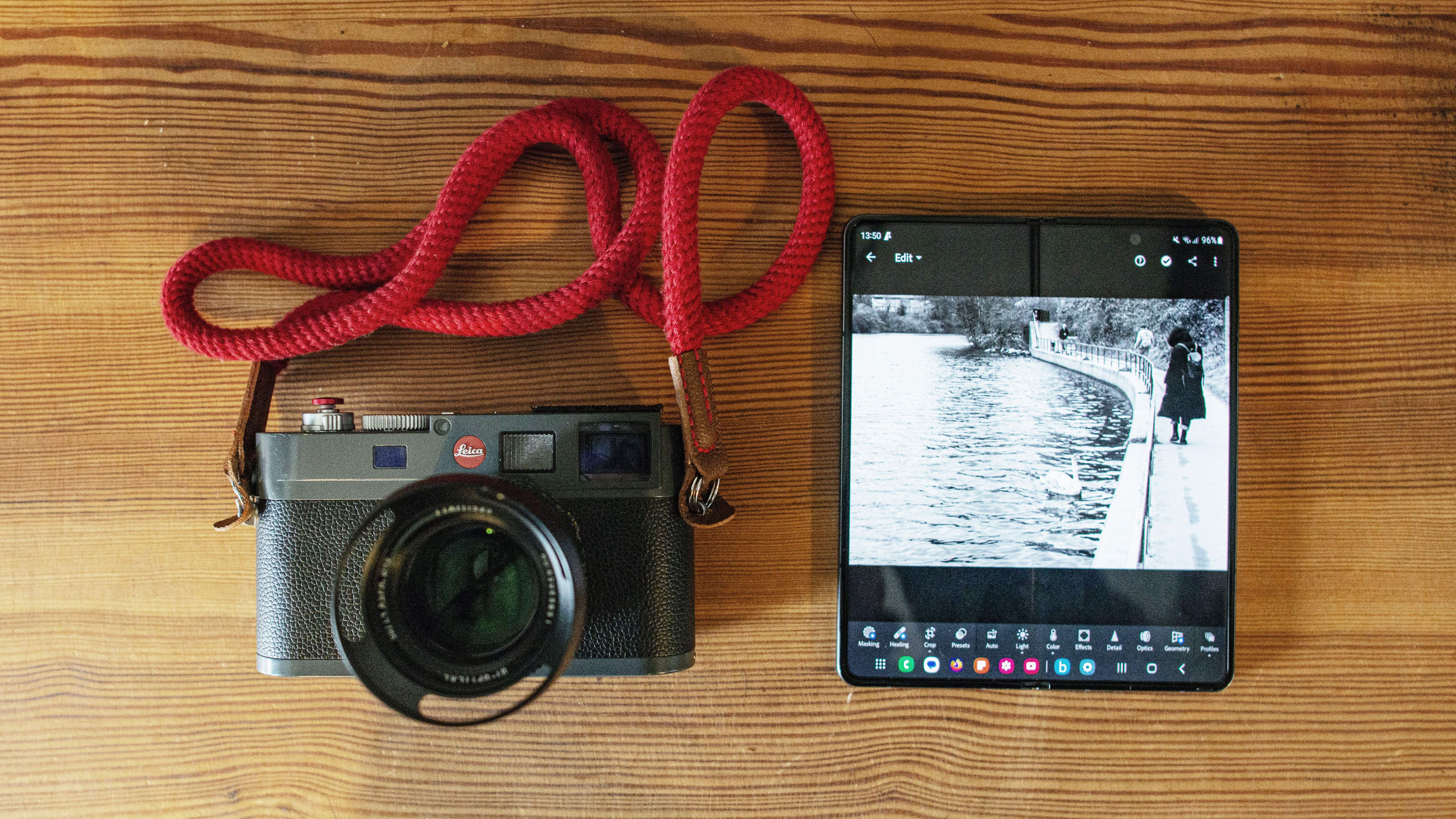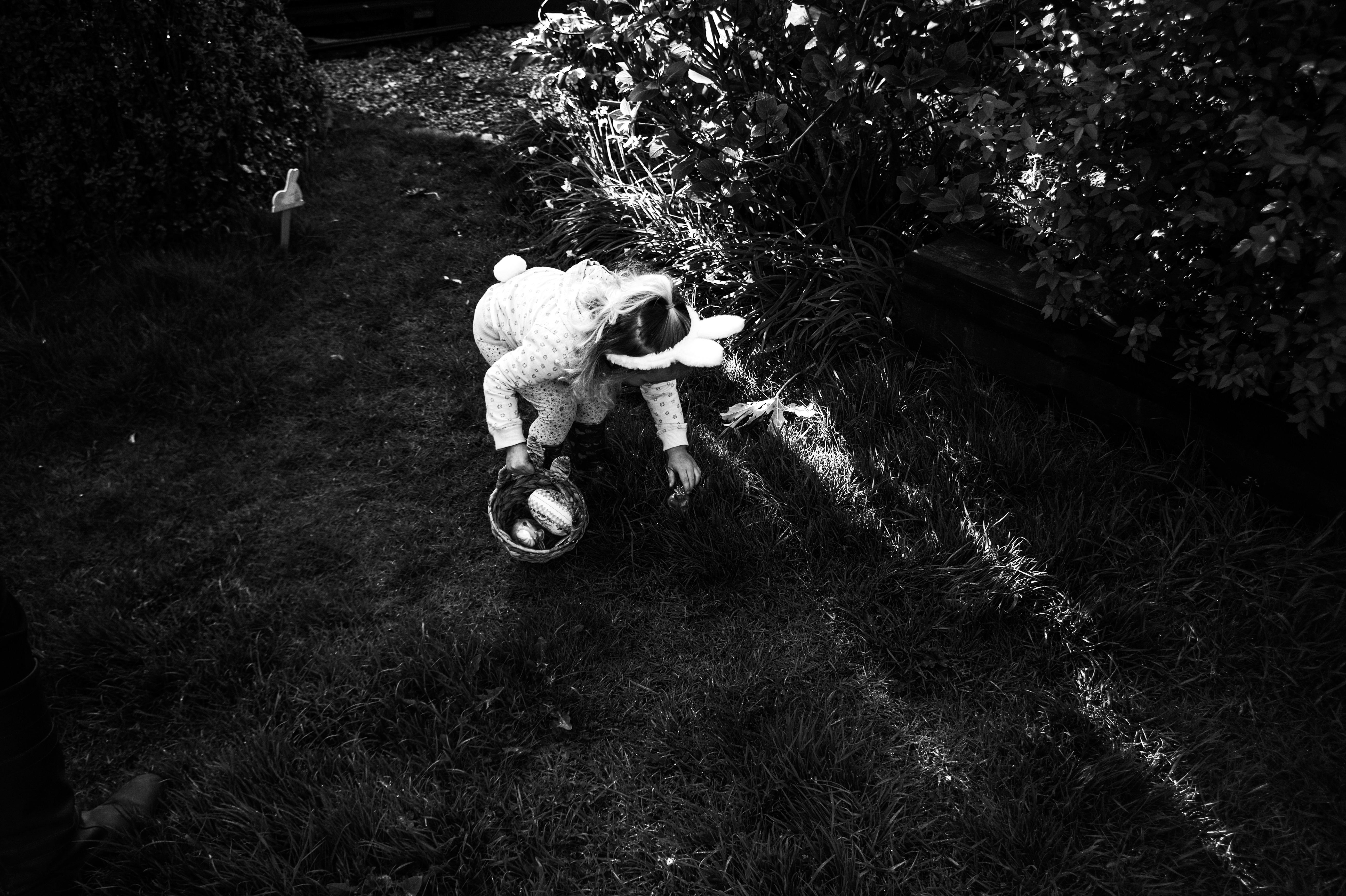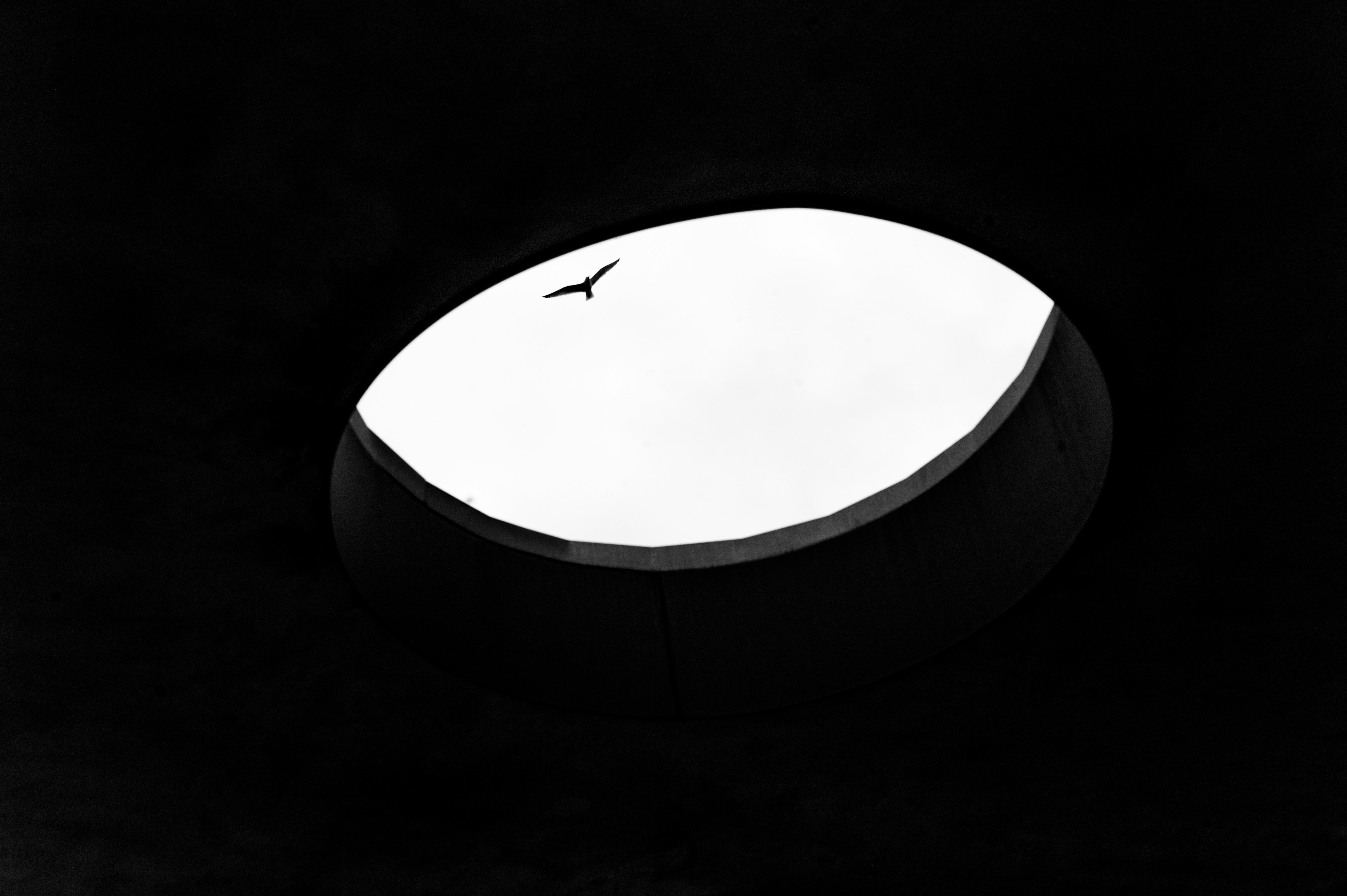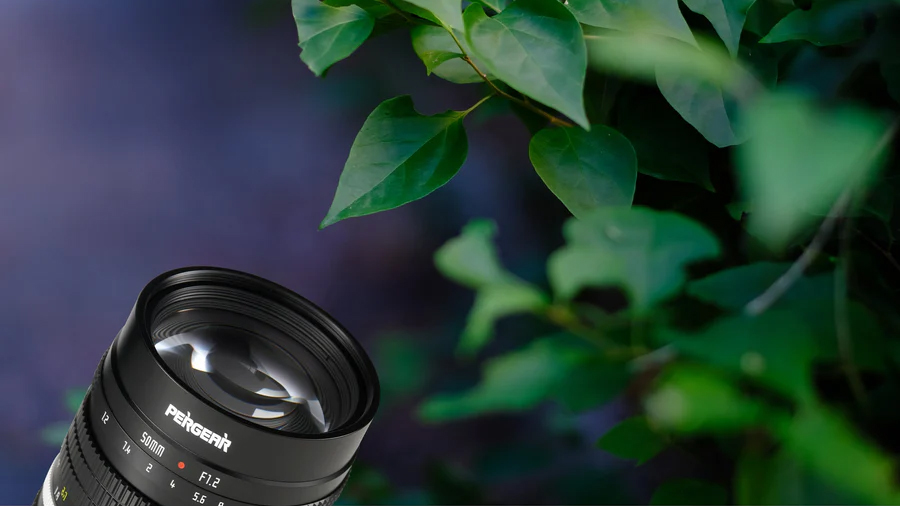I ditched my laptop for photo editing. I now use my phone, and have never looked back
How I simplified my photography workflow
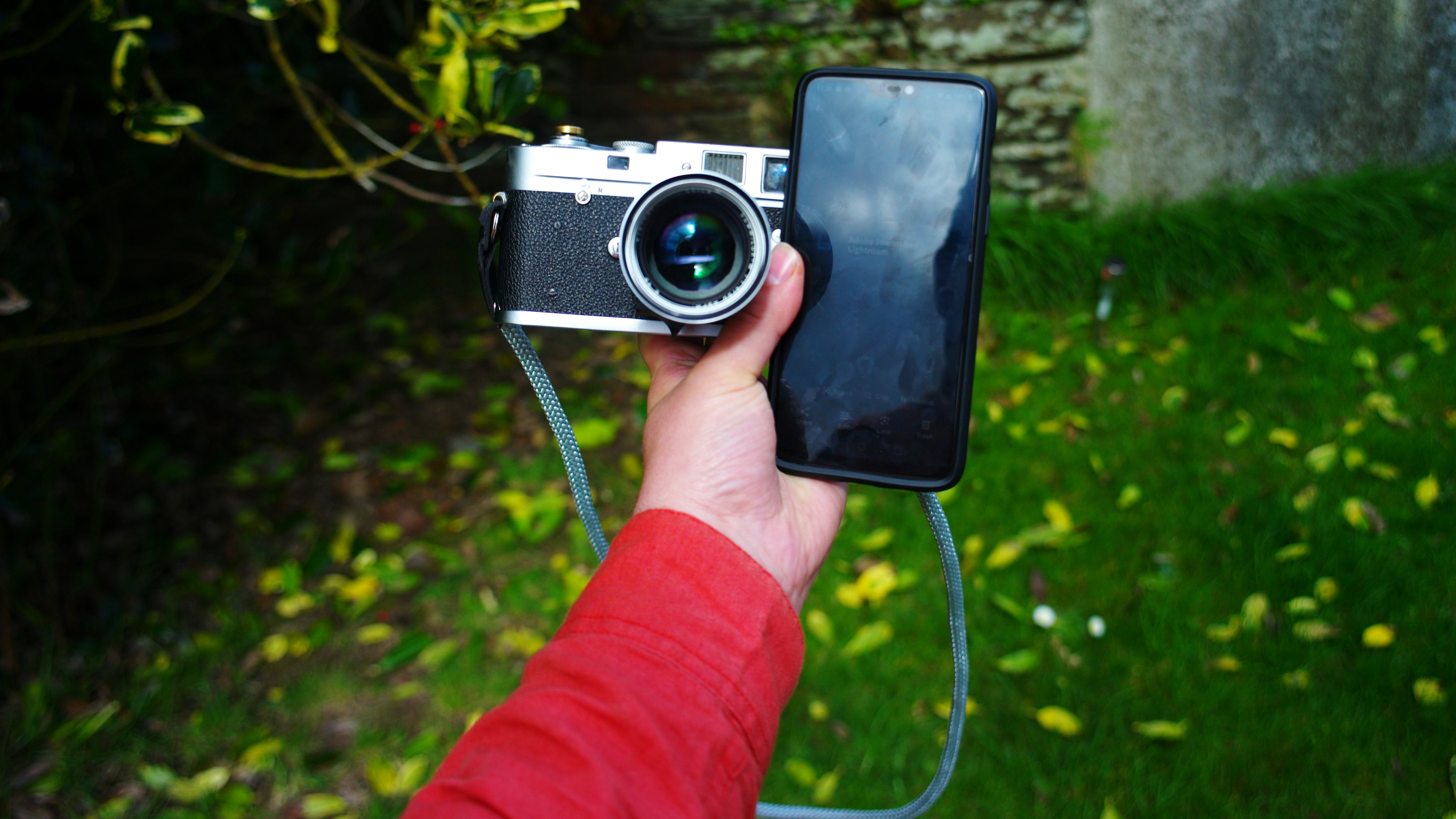
There was a time, not so long ago, when the best laptop for photo editing was as essential to my photography kit as a camera body or a prime lens. As a professional sports photographer, it was non-negotiable. I needed the power, the ports, the screen real estate.
I’d sit in the back of media centers or on stadium steps, fans roaring above, frantically offloading cards and colour-correcting RAW files before a deadline hit. Back then, editing on anything smaller than a 15-inch screen seemed like madness. But times -and technology - have changed.
These days, my photography kit looks nothing like it did during those high-pressure days. Now, I’m more often documenting the rhythm of everyday life than the pace of gallpoing horses. And I’ve stripped my workflow right back. No laptop. No power brick. No extra cables. Just my Leica - both digital and film - and my phone. That’s it!
Everything I need to shoot, edit, and share lives in my pocket. The Adobe Lightroom Mobile app has completely transformed how I work, and more importantly, how I live as a photographer.
The turning point was realising that my phone wasn’t just a backup - it was a complete creative tool. Editing on my phone gives me the freedom to work wherever I happen to be. Whether I’m on a train, in a café, or a quiet corner of the countryside, I can get to work the moment inspiration strikes.
No need to find a flat surface, boot up a laptop, connect hard drives. It’s simply: shoot, plug in an SD card via a tiny dongle, and begin.
This workflow even extends to my film photography. Once I've scanned all my negatives, I drop them into a shared Dropbox folder that syncs to my phone. From there, it’s straight into Lightroom Mobile, where I apply my usual tweaks and get them ready to share.
It’s efficient, intuitive, and remarkably powerful for something running on a device I carry every day anyway. In fact, I often forget how many steps I’ve eliminated since cutting the laptop out of the process entirely.
What I’ve gained is freedom. Freedom from the weight - literal and mental - of carrying around expensive, delicate gear just to edit. Freedom from worrying about where I’ll plug in next, or if I’ve backed everything up properly. There’s also a kind of honesty to this setup. My Samsung Galaxy Z Fold 4 phone isn’t trying to be a desktop replacement - it is my desktop now. A computer in my pocket that’s always with me, always ready to go.
The best camera deals, reviews, product advice, and unmissable photography news, direct to your inbox!
I’m not suggesting this workflow is for everyone, or that laptops don’t still have a place in the professional world. But for me, this leaner, simpler way of working has brought back a joy and immediacy that I hadn’t felt in years.
Whether it’s a quiet moment with my daughter or a burst of evening light in the Cornish countryside, I can capture it, edit it, and share it - all without opening a single laptop lid!
Prefer to use something more conventional? See our suggestions for the best laptops for photo editing
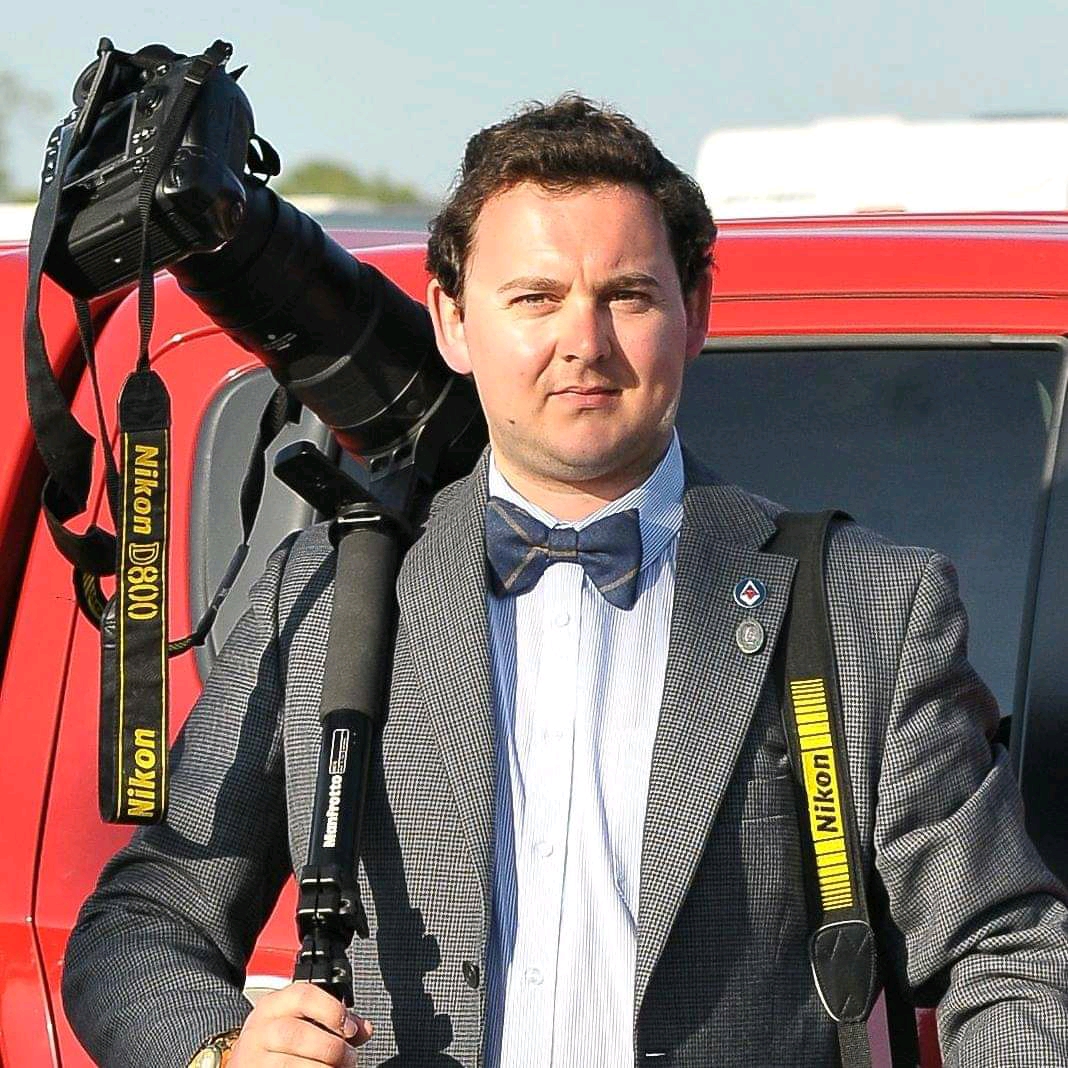
For nearly two decades Sebastian's work has been published internationally. Originally specializing in Equestrianism, his visuals have been used by the leading names in the equestrian industry such as The Fédération Equestre Internationale (FEI), The Jockey Club, Horse & Hound, and many more for various advertising campaigns, books, and pre/post-event highlights.
He is a Fellow of the Royal Society of Arts, holds a Foundation Degree in Equitation Science, and holds a Master of Arts in Publishing. He is a member of Nikon NPS and has been a Nikon user since his film days using a Nikon F5. He saw the digital transition with Nikon's D series cameras and is still, to this day, the youngest member to be elected into BEWA, the British Equestrian Writers' Association.
He is familiar with and shows great interest in 35mm, medium, and large-format photography, using products by Leica, Phase One, Hasselblad, Alpa, and Sinar. Sebastian has also used many cinema cameras from Sony, RED, ARRI, and everything in between. He now spends his spare time using his trusted Leica M-E or Leica M2, shooting Street/Documentary photography as he sees it, usually in Black and White.
You must confirm your public display name before commenting
Please logout and then login again, you will then be prompted to enter your display name.
